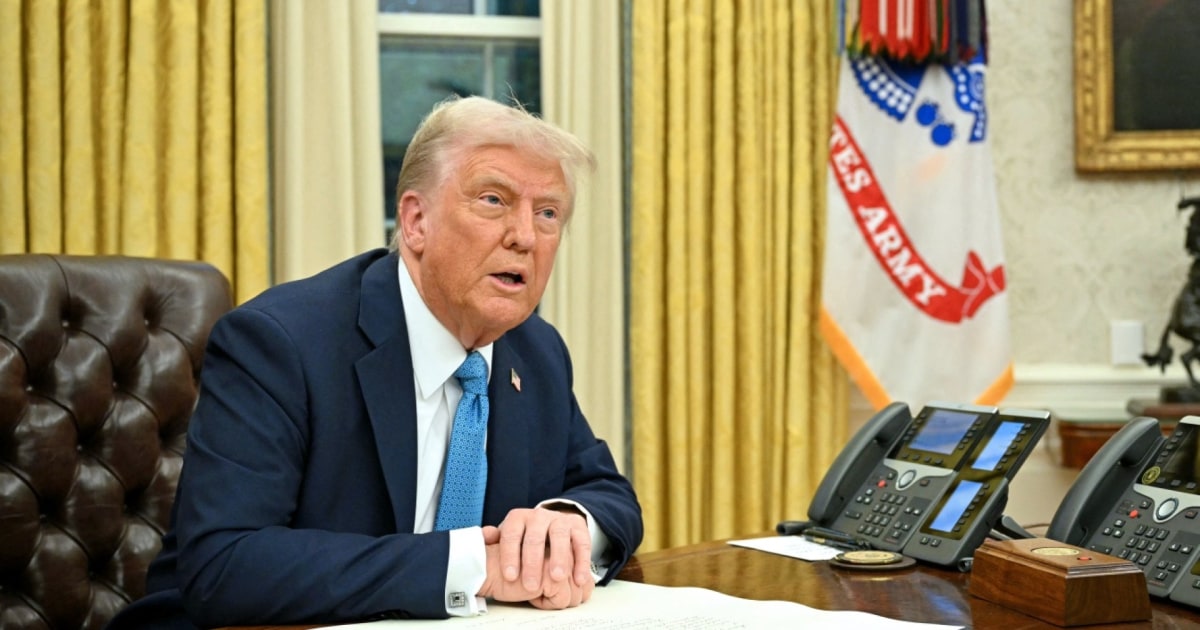Trump’s Tariff Strategy: Understanding Its Implications for North America and Beyond
In a bold and controversial move, former President Donald Trump has outlined plans to impose tariffs on key trading partners including Canada, Mexico, and China. This strategy has ignited heated debates concerning its potential economic implications and effects on trade relations. As tensions rise and businesses brace for impact, many are left wondering: what does this mean for consumers and industries in the U.S. and abroad?
The Rationale Behind Trump’s Tariff Strategy
Tariffs, essentially taxes imposed on imported goods, are often designed to protect domestic industries by making foreign products more expensive. Trump’s strategy is rooted in a belief that previous trade agreements have disadvantaged American workers and companies. By imposing tariffs, he aims to:
- Protect American Jobs: The primary goal is to safeguard jobs in manufacturing and other sectors that compete with imports.
- Encourage Domestic Production: Tariffs can incentivize companies to produce goods domestically rather than outsourcing production to countries with cheaper labor.
- Reduce Trade Deficits: By taxing imports, the intention is to encourage consumers to buy American-made products, thereby shrinking the trade deficit.
While these objectives may resonate with certain sectors of the American population, the broader implications of such a strategy raise complex questions.
The Immediate Economic Impacts
Imposing tariffs can have both direct and indirect consequences on the economy. The immediate impacts of Trump’s tariff strategy might include:
- Increased Prices: Consumers may face higher prices on a variety of goods. Tariffs typically lead to increased costs for imported products, which businesses often pass on to consumers.
- Supply Chain Disruptions: Many companies rely on global supply chains. Tariffs can disrupt these networks, leading to production delays and increased costs.
- Retaliatory Tariffs: Countries affected by the tariffs may impose their own tariffs in response, leading to a trade war that can further escalate tensions and economic uncertainty.
The potential for retaliatory tariffs is particularly concerning. For instance, if Canada and Mexico respond to U.S. tariffs on their exports with tariffs of their own, American farmers and manufacturers could face diminished access to these crucial markets.
Long-term Effects on Trade Relations
Trump’s tariff strategy could have profound long-term effects on U.S. trade relations, particularly within North America. The United States-Mexico-Canada Agreement (USMCA), which was designed to replace NAFTA, aimed to foster trade among these nations. However, the introduction of tariffs could undermine the cooperative spirit intended by this agreement. Potential long-term effects include:
- Strained Relationships: Tariffs can lead to mistrust and resentment among trading partners, making future negotiations more difficult.
- Shifts in Trade Alliances: Countries may seek new trade partners to mitigate the effects of U.S. tariffs, potentially altering global trade dynamics.
- Innovation Stagnation: A protectionist approach may stifle competition and innovation, as companies may no longer feel the pressure to improve products and services.
Implications for Businesses
For American businesses, the impacts of Trump’s tariff strategy are varied and complex. Some sectors may benefit from increased protection, while others could suffer significant setbacks. Industries likely to be affected include:
- Manufacturing: Domestic manufacturers might see a surge in business if consumers lean towards American-made products. However, those reliant on imported materials could face challenges.
- Agriculture: Farmers who export goods to Canada and Mexico may experience losses if those countries retaliate with tariffs, potentially leading to decreased sales.
- Retail: Retailers might struggle with rising costs and potential supply shortages, impacting their ability to offer competitive prices.
Ultimately, businesses must adapt to a rapidly changing trade environment, reevaluating their supply chains and market strategies to mitigate risks associated with tariffs.
Impact on Consumers
Consumers are likely to feel the effects of Trump’s tariff strategy directly. As prices for imported goods rise, many households may need to adjust their spending habits. The potential consequences include:
- Higher Prices for Everyday Goods: From electronics to clothing, consumers might find that basic goods become more expensive, straining household budgets.
- Limited Choices: If companies scale back on imports due to tariffs, consumers may face fewer options in the market.
- Overall Economic Uncertainty: As tariffs create volatility in the market, consumer confidence may wane, potentially leading to reduced spending.
Looking Ahead: Potential Resolutions and Strategies
In the face of such uncertainty, businesses and consumers alike are left to ponder what the future holds. Resolutions may come in various forms:
- Negotiated Trade Agreements: Diplomatic efforts could lead to new agreements that alleviate tensions and reduce tariffs.
- Increased Domestic Production: Companies may invest in local production capabilities to reduce reliance on imports.
- Consumer Education: Raising awareness about the implications of tariffs can empower consumers to make informed choices about their spending.
In conclusion, Trump’s tariff strategy is a multifaceted issue that poses significant implications for North America and beyond. While the intention may be to protect American interests, the ripple effects of such policies can be felt across industries and borders. As the global economy continues to evolve, stakeholders must navigate these challenges with foresight and adaptability, ensuring that the ultimate goal of fostering economic growth and stability remains at the forefront.
See more CCTV News Daily



